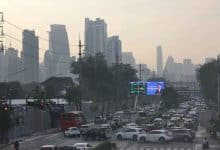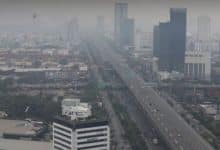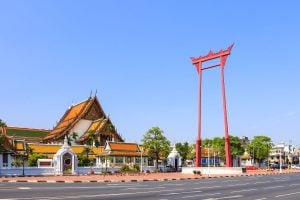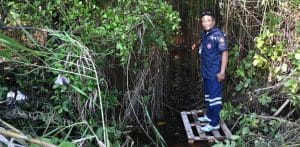Air quality worsens, affecting 56 Thai provinces with high PM2.5
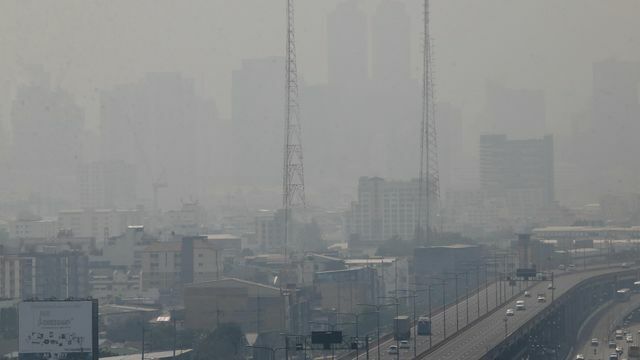
Air quality in the Kingdom of Thailand has deteriorated over the past week, impacting 56 provinces with elevated PM2.5 levels, notably affecting the north and northeast.
Projections for the week indicate worsening conditions. As of March 27, the Air Pollution Solution Communication Centre released its air quality report.
The report highlights that the PM2.5 levels exceed national standards across several provinces, including Pathum Thani, Nakhon Pathom, Bangkok, Samut Sakhon, Samut Prakan, Chiang Rai, Chiang Mai, Nan, Mae Hong Son, Phayao, Lamphun, Lampang, Phrae, Uttaradit, Sukhothai, Phitsanulok, Tak, Kamphaeng Phet, Phichit, Phetchabun, Nakhon Sawan, Uthai Thani, Chai Nat, Sing Buri, Lop Buri, Saraburi, Phra Nakhon Si Ayutthaya, Kanchanaburi, Ratchaburi, Samut Songkhram, Phetchaburi, Nakhon Nayok, Prachinburi, Chachoengsao, Chon Buri, Rayong, Trat, Nong Khai, Loei, Udon Thani, Nakhon Phanom, Nong Bua Lamphu, Sakon Nakhon, Mukdahan, Khon Kaen, Kalasin, Maha Sarakham, Roi Et, Amnat Charoen, Chaiyaphum, Yasothon, Ubon Ratchathani, Sisaket, Nakhon Ratchasima, Buriram, and Surin.
In the north, PM2.5 levels mostly ranged from 38.9 to 111.7 microgrammes per cubic metre (µg/m³), while the northeast recorded levels between 48.1 and 136.0 µg/m³. Central and western regions showed levels from 31.1 to 57.1 µg/m³, and the east recorded 21.2 to 64.9 µg/m³.
The south remains unaffected, with readings between 20.4 and 34.1 µg/m³. In Bangkok and surrounding areas, 12 locations registered PM2.5 levels from 30.1 to 53.9 µg/m³.
Health recommendations include public vigilance, reduced outdoor activity, and the use of protective equipment. People with health concerns should consult a doctor if symptoms arise.
For those in areas marked as health-impact zones (red zones), outdoor activities should be avoided, reported KhaoSod.
Forecasts for the period from March 28 to April 3 suggest increasing PM2.5 levels in Bangkok and surrounding regions, as well as in 17 provinces in the north and northeast.
The eastern region is also expected to experience a rise in pollution from March 29 to April 3. The south continues to maintain good air quality.
Latest Thailand News
Follow The Thaiger on Google News:
